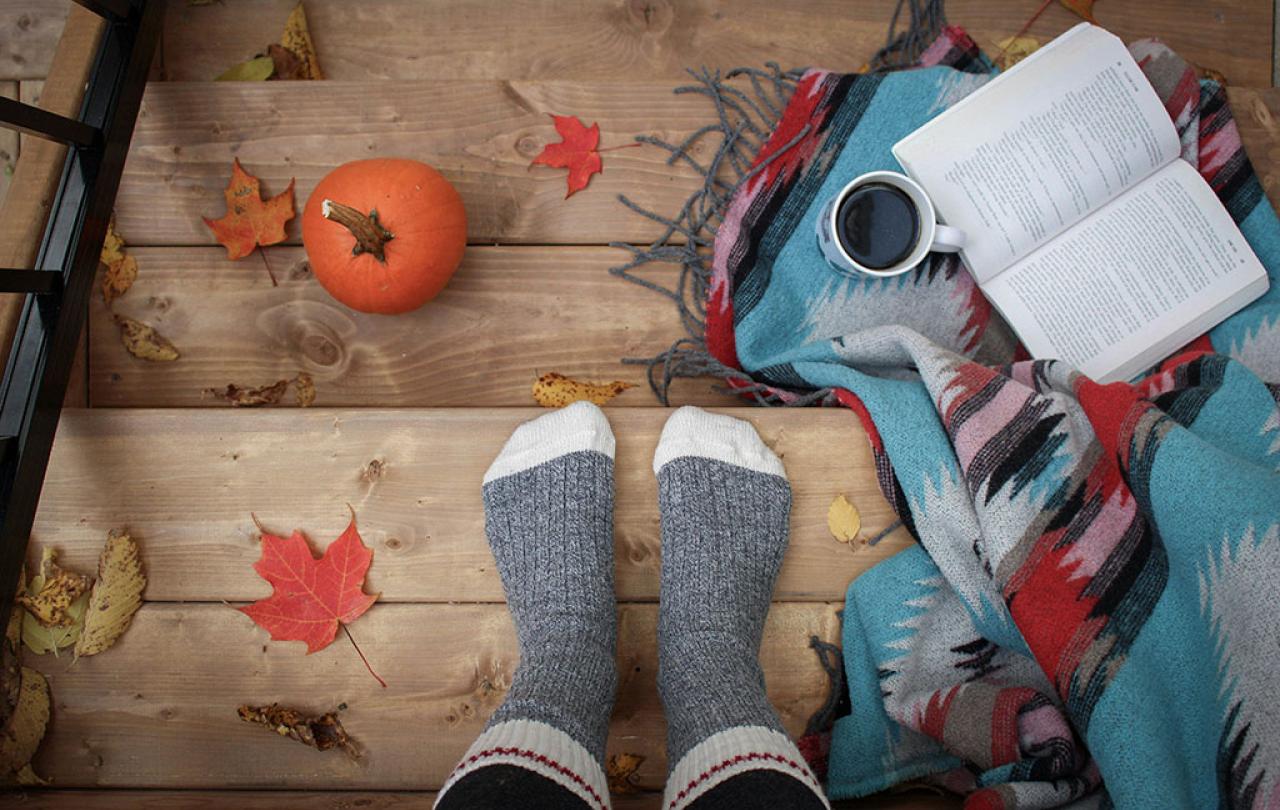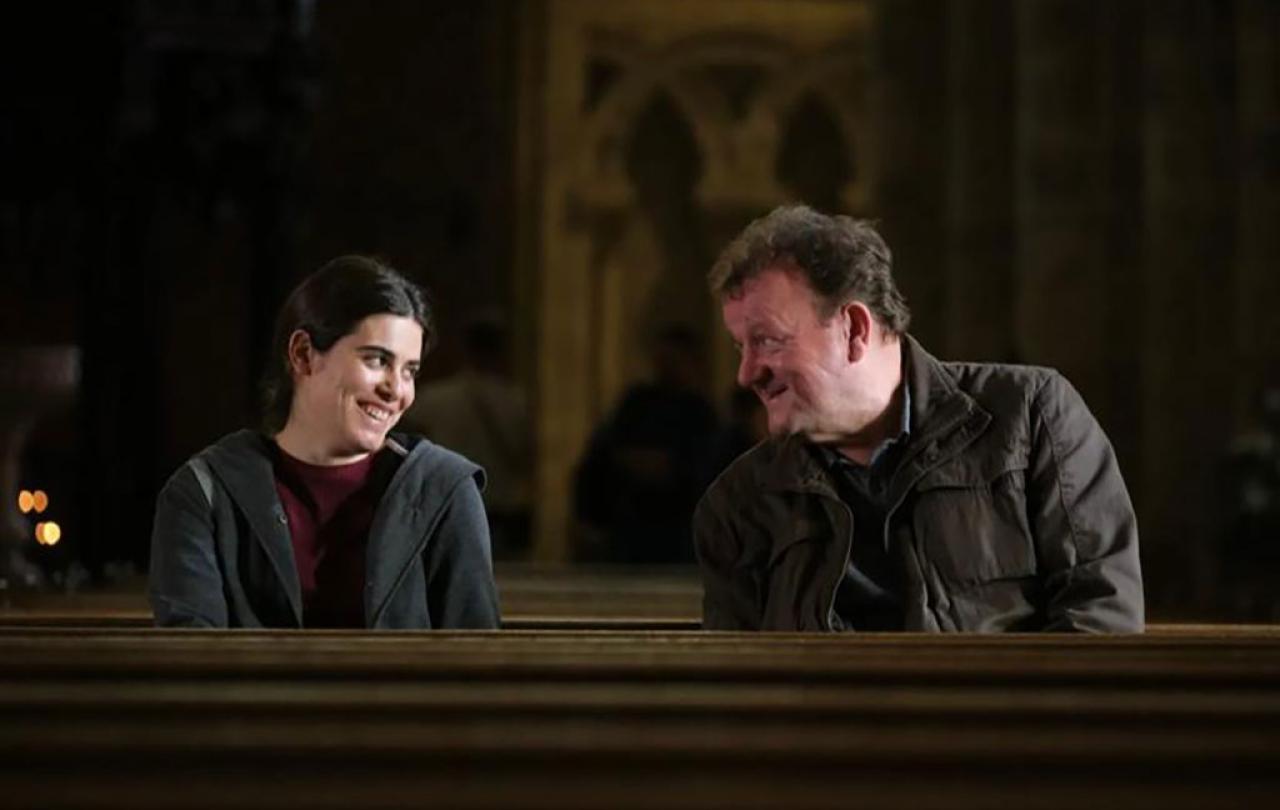That dusty pub back room is transformed to the bustling hub of community life once again, as families from different worlds befriend and support each other over shared meals and recognition of their common mortality and humanity. The understanding that both communities have experienced displacement has brought them together. The mining community, that once lost jobs, financial stability and heritage, eats alongside the refugee community – those who have now lost their homes, their country and their heritage.
In a beautiful moment of reconciliation in the film, the Syrian families present their new neighbours with a banner made in the style of the traditional mining banners used on gala days – the ones that took pride of place on marches just behind a brass band. The banner is inscribed in both English and Arabic with the words that have drawn the communities together: Strength, Solidarity, Resistance.
I believe the film, like the banner, offers a rallying cry to those who see it. It helps us understand two of the most marginalised communities in Britain at the moment – the impoverished towns of the North, and the refugees and asylum seekers. It challenges us to find ways to come together with empathy and hospitality. It proffers significant mutually beneficial consequences – love, joy, peace, hope, friendship, forgiveness, reconciliation - when we learn not only to live together, but to share food, time and lives together.


